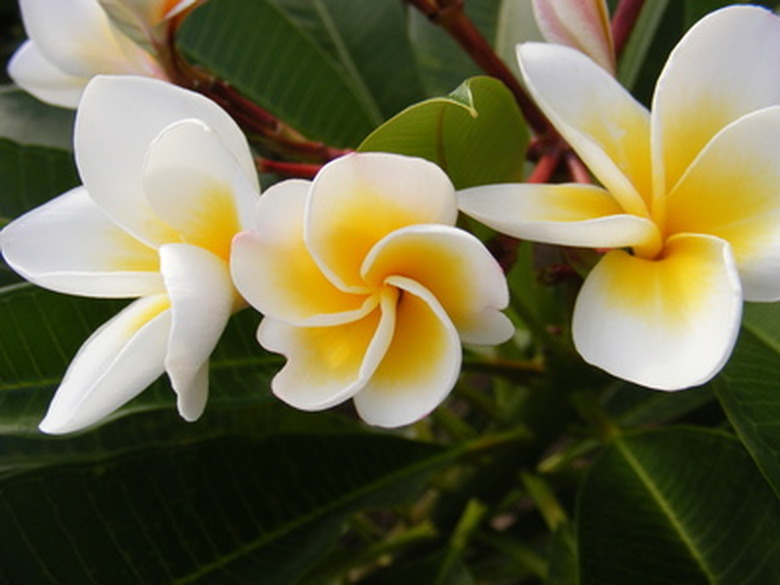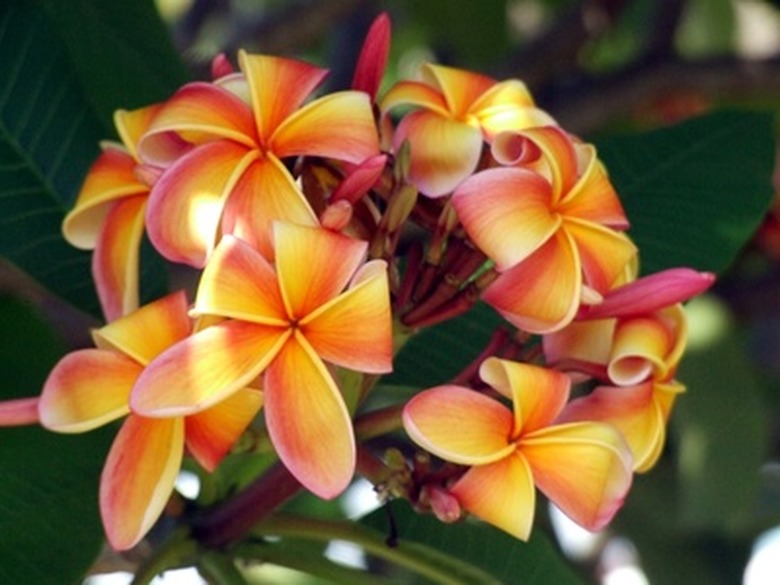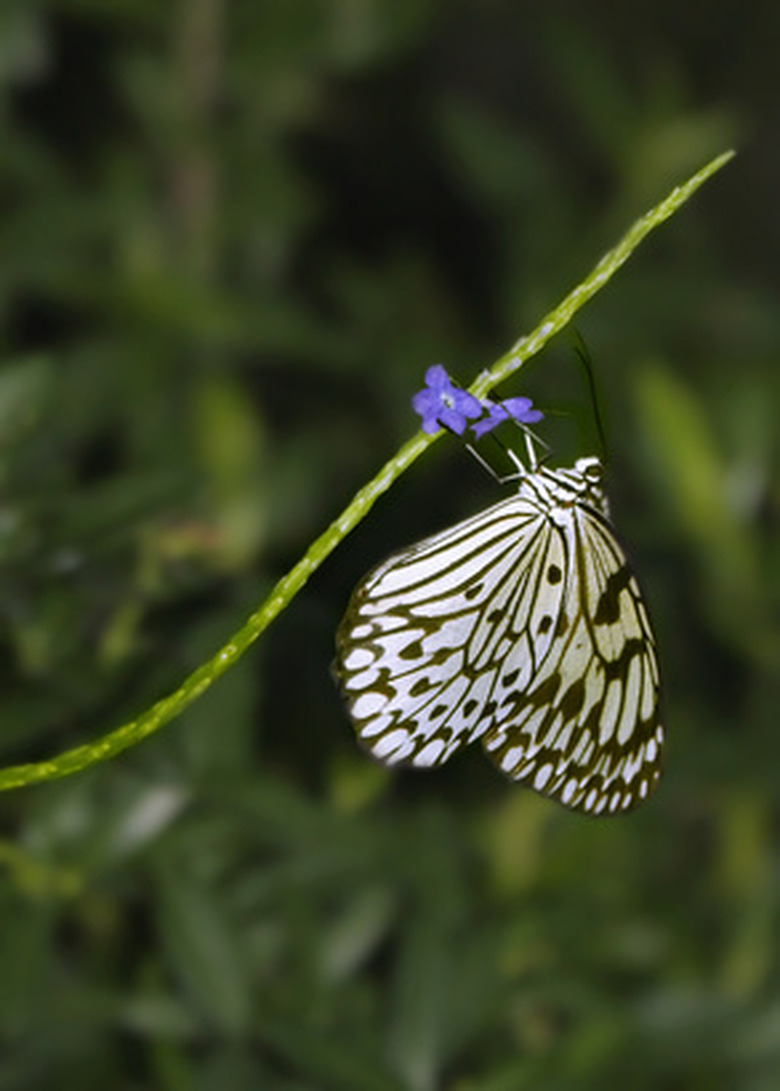A List Of Plant Life In The Bahamas
Tropical evergreen and flowering flora grows in abundance throughout the Bahamas. According to 'Ardastra Gardens, Zoo & Conservation Center' outside of Nassau, there are over 1,400 varieties of plant life growing throughout the 700 islands of the Bahamas, with certain areas growing more than 100 plant species within one square mile.
Most Bahamian plants originated from the Central and South Americas, brought to the islands as ornamentals. The northern islands, considered subtropical, experience more rainfall and milder year-round temperatures. The southern islands are hot and dry. These climate differences allow for a variation in forested habitats between both sections.
Yellow Elder
Yellow elder (Tecoma stans), also known as trumpetbush, belongs in the family Bignoniaceae and holds the honor of being the island's national flower. Though not a true native, its status as the national flower ranks it on the native plant list. Considered a shrub or small tree, yellow elder grows up to 25 feet in height and produces an abundance of bright yellow, trumpet-like flowers year-round. Plants are hardy, spreading readily by seeds, and are both salt and drought tolerant. Herbal medicines use yellow elder for the treatment of digestive tract problems as well as diabetes. Yellow elder is a good butterfly garden plant, attracting both butterflies and hummingbirds.
- Tropical evergreen and flowering flora grows in abundance throughout the Bahamas.
- Considered a shrub or small tree, yellow elder grows up to 25 feet in height and produces an abundance of bright yellow, trumpet-like flowers year-round.
Frangipani
Frangipani (Plumeria) belongs in the family Apocynaceae and is native to the Caribbean and Central America. Commonly used throughout Bahamian landscapes as a specimen tree, the plant produces fragrant flowers in a wide range of colors depending on the particular cultivar. Frangipani grows anywhere from 25 to 40 feet tall, depending on the cultivar. Plants are deciduous and will drop their leaves during the drier months of December through March. During the rainy season throughout summer, frangipani blooms in abundance. Plants are drought and salt tolerant, preferring full sun conditions.
Porterweed
Porterweed (Stachytarpheta jamaicensis) belongs in the family Verbenaceae. Considered a perennial shrub, porterweed is native to the tropical Americas with the purple flowered variety most common throughout the Bahamas. Red porterweed (S. mutabilis) also grows throughout the area. Plants grow up to 6 feet tall, producing purple flowers born on long spikes springtime throughout summer. The blooms attract both butterflies and hummingbirds. Porterweed is hardy, having a tolerance to salt, drought and prefers growing in full sun for best growth and blooms.
- Frangipani (Plumeria) belongs in the family Apocynaceae and is native to the Caribbean and Central America.
- Commonly used throughout Bahamian landscapes as a specimen tree, the plant produces fragrant flowers in a wide range of colors depending on the particular cultivar.
Sea Purslane
Sea Purslane (Sesuvium portalacastrum) belongs in the family Alzoaceae. The succulent ground cover grows wild along coastal shorelines of the Bahamas, as well as Cuba and the Eastern United States. The plant has a high tolerance to salt, drought, poor soil conditions and prefers growing in full sunlight. Purple star-like flowers bloom year-round, with the leaves used in salads and egg dishes. Plants grow up to 1 foot tall with the same spreading habit.


